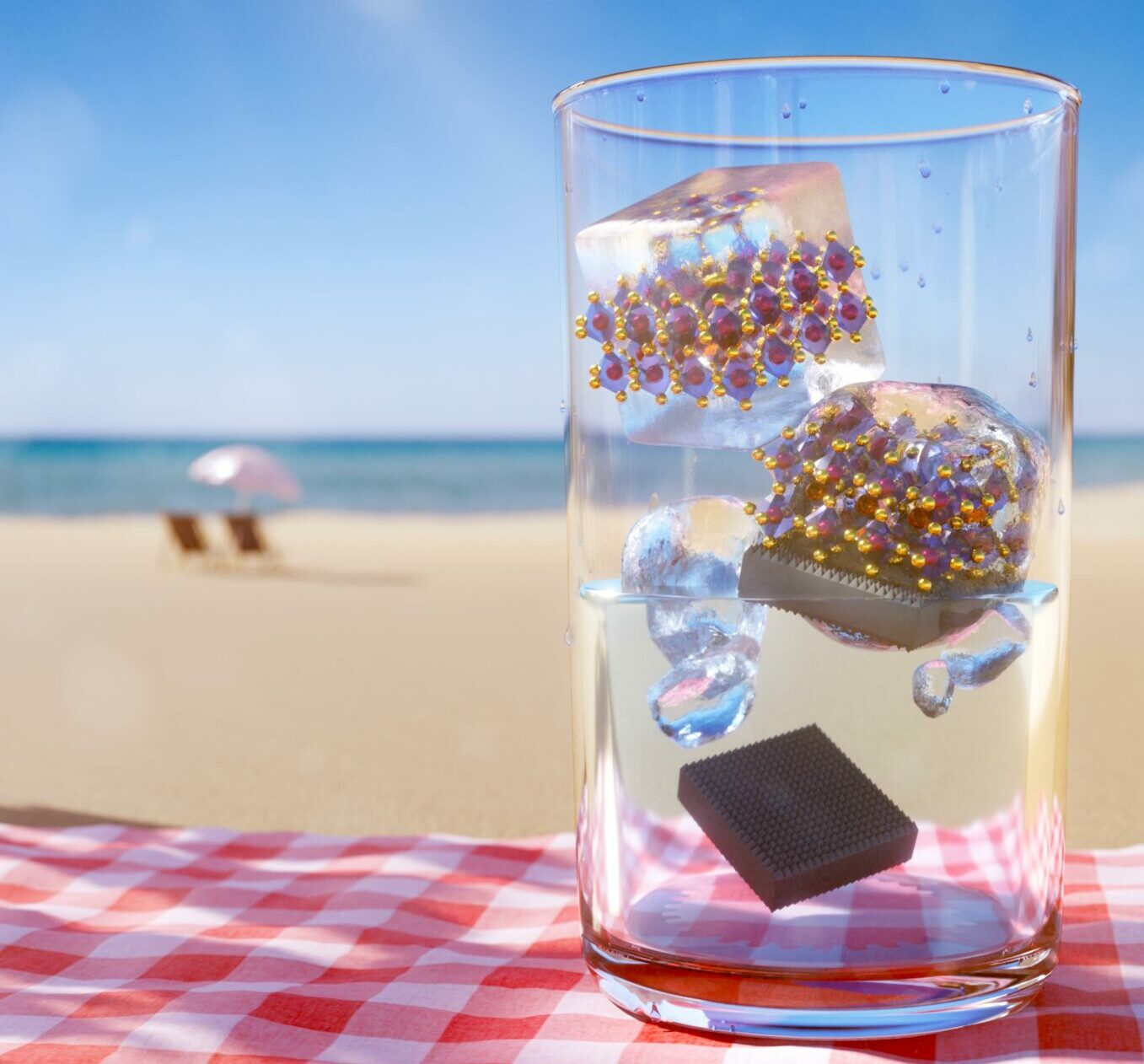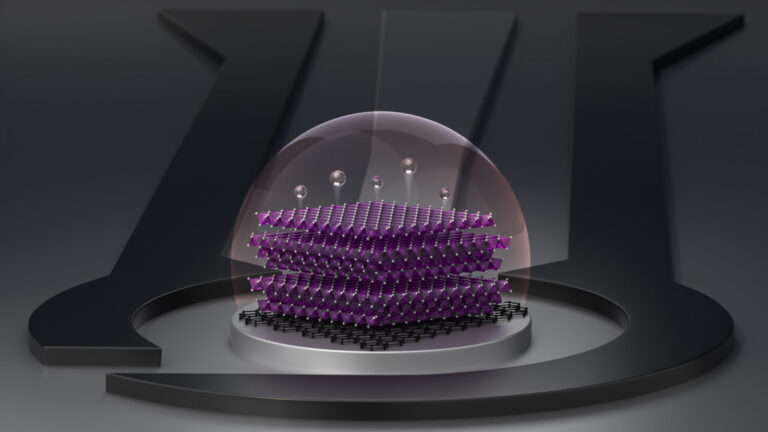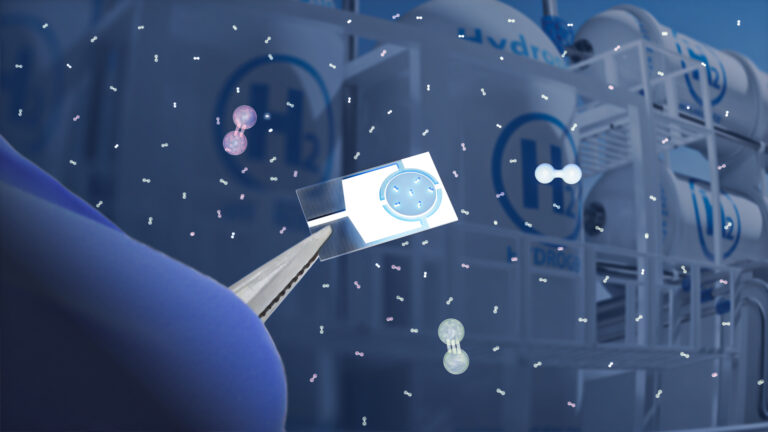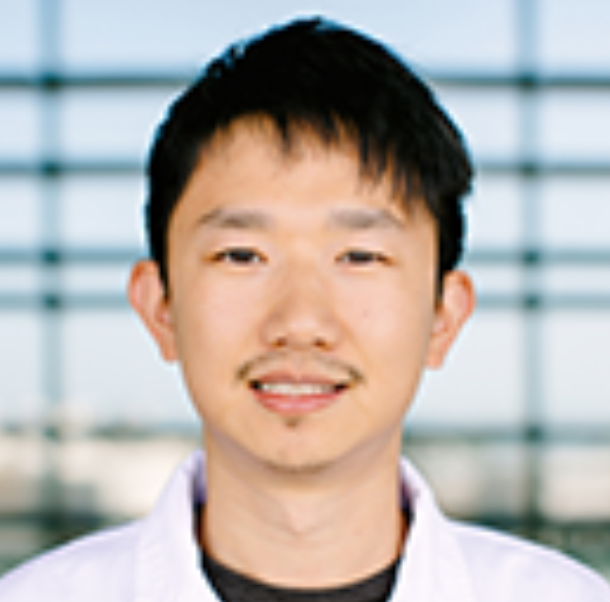Applied Physics | Electrical Engineering | Material Science and Engineering
Cool runnings
A comparison of different solar-cell technologies shows that an organic material is better at staying cool than common silicon, and how a windy environment can help.

Almost all electronic devices get hot, either due to the heat they generate or through operating in a warm location. But, given that the electrical and optical properties of the materials involved are temperature dependent, any warming of the device can lead to changes in behavior that diminish its efficiency and even limit its operational lifetime. Understanding the nature of this heating is crucial in order to reduce these deleterious effects.
Lujia Xu from KAUST, together with colleagues from China and the U.S., has investigated[1]the causes of this parasitic heating in solar cells made from different materials in a number of settings. They showed how properly mounting a solar-cell module in a windy environment is the simplest and most effective way to control its temperature.
“To the best of our knowledge, this is the first time that single junction silicon and single junction perovskites and their tandems have been systematically studied together and compared,“
The team created a series of solar cells for characterization. The first device had a single silicon optically active region or junction. The next was made from a family of organic materials known as perovskites. The researchers also created a couple of devices that combined both technologies. “To the best of our knowledge, this is the first time that single junction silicon and single junction perovskites and their tandems have been systematically studied together and compared,” explains Xu. “And we have also introduced a new metric called the cooling score to enable a fair comparison between them.”
The results show that the perovskite device had the highest cooling score and was thus the least affected by heating due to its more complete absorption of solar photons and planar structure. The silicon devices required “light-trapping” structures to improve the efficiency with which they convert optical energy to electrical energy, but these also caused unwanted absorption and thus heating. The hybrid devices reduce some of these effects but not entirely because these too use trapping structures.
In terms of remedies, the team discovered that a breezy environment that cooled the solar cells via conduction was able to largely reduce the operating temperature of the module. This occurred no matter its cooling score.
This offers hope for all types of solar cell. “We want to take this work in two directions,“ says Xu. “The first one is to optimize the solar-cell module structure and materials to increase the cooling score. And the second direction is to investigate how to maximize the environmental cooling effect, such as wind, where the solar modules are operating.”
Reference
- Lujia Xu, L., Aydin, E., De Bastiani, M., Babics, M., Liu, J., Azmi, R., Alamer, M., Salvador, M.F., Liu, W., Allen, T., Xu, F., Kang, J., Subbiah, A., Yan, W., Ur Rehman, A., Zhou, L., Raja, W., Gan, Q., Liu, Z. & De Wolf, S. Parasitic heating of perovskite- and silicon-based photovoltaics. Advanced Energy Materials 99, 092506 (2023).| article
You might also like

Computer Science
Sweat-sniffing sensor could make workouts smarter

Material Science and Engineering
Electron movie guides design of layered perovskite materials

Electrical Engineering
New tech detects dehydration by touching a screen

Material Science and Engineering
Remote region sensor for essential vitamin deficiency

Material Science and Engineering
Low-power hydrogen sensor detects leaks in an instant

Material Science and Engineering
Illuminating pathways to long-lived organic solar cells

Electrical Engineering
A new interface for efficient electronics

Electrical Engineering




